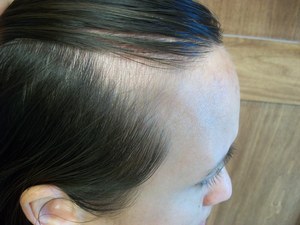Usually, when we think of physical therapy, we concentrate on sports- and accident-related injuries. In reality, however, there are five common types of physical therapy, all of which focus on different goals and purposes. Most physical therapists focus on one particular type of physical therapy and specialize in that when it comes to working in the community. When you need to find a physical therapist, it is important to find one that is experienced and education in the reason you need the therapy.
Orthopedic Physical Therapy
The first type of physical therapy is the one most commonly known to the general public. Orthopedic therapy usually takes place in the hospital directly following surgery or in an outpatient clinic where customers visit on a daily or weekly basis. This type of therapy focuses on the musculoskeletal system, including joints, tendons, ligaments and bones. Sports injuries fall into this category as do people who have just undergone orthopedic surgery and those who have been involved in car accidents. A variety of methods are used in orthopedic therapy, and joint mobilization is a major concern. Therapists may use massage, whirlpools, flexibility exercises, hot and cold packs and electrical stimulation in this area.
Geriatric Physical Therapy
This type of physical therapy is geared toward people of older generations as well as toward people who have trouble with the aging process. Victims of osteoporosis often see a geriatric physical therapist as do senior citizens who undergo extensive surgery. Balance disorders and various forms of arthritis are also treated by these therapists. Usually, this type of therapy is handled on an outpatient basis, though it may also be provided by the hospital while patients are recovering from surgery.
Neurological Physical Therapy
This type of physical therapy is particularly specialized and requires a great deal of training as well as knowledge of neurological diseases and disorders. Patients who have suffered strokes, brain injuries and damage to the spinal cord may be recommended to a neurological physical therapist, as are those who suffer from Alzheimer’s, Parkinson’s, cerebral palsy and MS. The focus will be on restoring function to the limbs as well as dealing with paralysis and vision problems. Often, this type of therapy will be ongoing on either an inpatient or outpatient basis.
Cardiovascular Physical Therapy
Patients who have suffered problems with their heart and circulatory system will often see a cardiovascular physical therapist. It is usually focused on increasing range of motion and endurance in patients who have recently had surgery or been diagnosed with a heart condition. Patients with lung cancer, cystic fibrosis and other lung diseases may also need a cardiovascular physical therapist.
Pediatric Physical Therapy
The final type of physical therapy is pediatric, which focuses on children under the age of eighteen. They could have suffered an orthopedic injury or they could be suffering from childhood diseases which require therapy, such as development delays and spina bifida. Therapists in this area must be good with children and must work not only as therapists, but also sometimes as diagnosticians.



